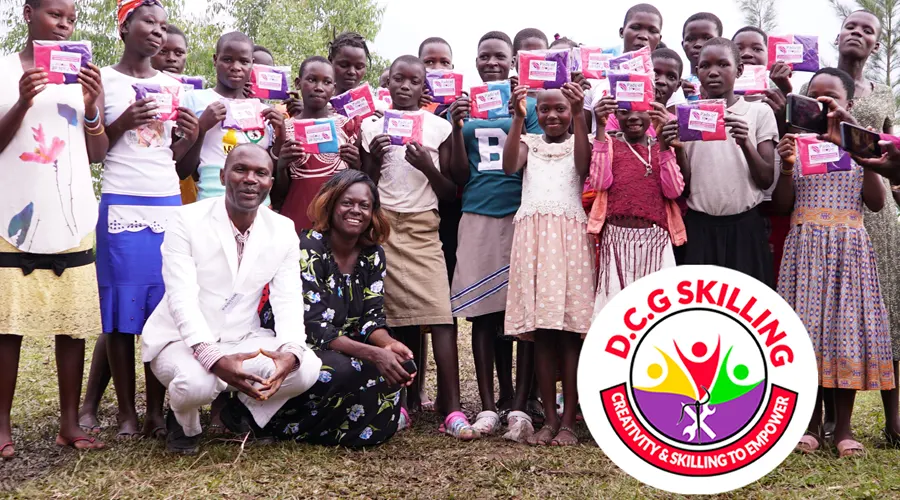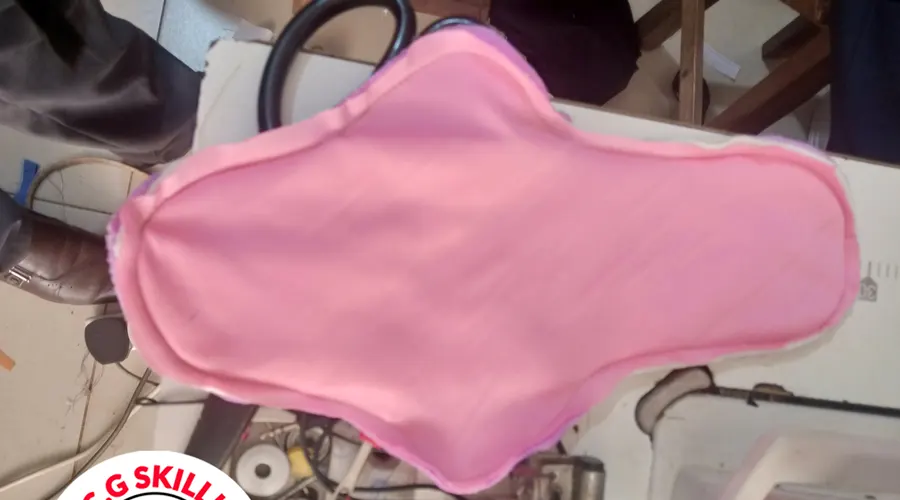RE USABLE SANITARY PAD MAKING
Cloth menstrual pads are cloth pads worn in the underwear to collect menstrual fluid (blood from uterine lining). They are a type of reusable menstrual hygiene product, and are an alternative to sanitary napkins or to menstrual cups. Because they can be reused, they are generally less expensive than disposable pads over time, and reduce the amount of waste produced.
Generally, they are made from layers of absorbent fabrics (such as cotton or hemp) which are worn during menstruation, post-birth bleeding or any other situation where it is necessary to absorb the flow of blood from the vagina, or to protect underwear from regular discharge of vaginal fluids. After use, they are washed, dried and and then reused.
How many women lack access to menstrual products?
According to the World Bank, as many as 500 million people across the globe lack access to basic menstrual products and hygienic bathroom facilities for use during their menstrual cycles.
Menstrual Health and Hygiene (MHH) is essential to the well-being and empowerment of women and adolescent girls. On any given day, more than 300 million women worldwide are menstruating. In total, an estimated 500 million lack access to menstrual products and adequate facilities for menstrual hygiene management (MHM). To effectively manage their menstruation, girls and women require access to water, sanitation and hygiene (WASH) facilities, affordable and appropriate menstrual hygiene materials, information on good practices, and a supportive environment where they can manage menstruation without embarrassment or stigma.
Access and Use of Menstrual Products The vast majority of women and girls in Uganda use homemade alternatives to manage their menstruation. The government and CSOs have trained learners and teachers on how to make reusable pads. The challenges persist in terms of quality and standards of MHM products used including distribution challenges. A study commissioned by the Netherlands Development Organization (SNV) through the performance monitoring group in 2017 indicated that
- 65% of girls and women in Uganda are unable to fully access & meet their MHM needs from 140 schools in Uganda
- 70% of adolescent girls mentioned menstruation as a major hindrance to their optimal performance at school
Access to safe and affordable sanitary materials could contribute to reduction of infections. This could have cascading effects on overall sexual and reproductive health, including reducing teen pregnancy, maternal outcomes, and fertility
On average a woman will menstruate until she is fifty years old, for an average total of 37.5 years. During which time she will menstruate around 500 times.



